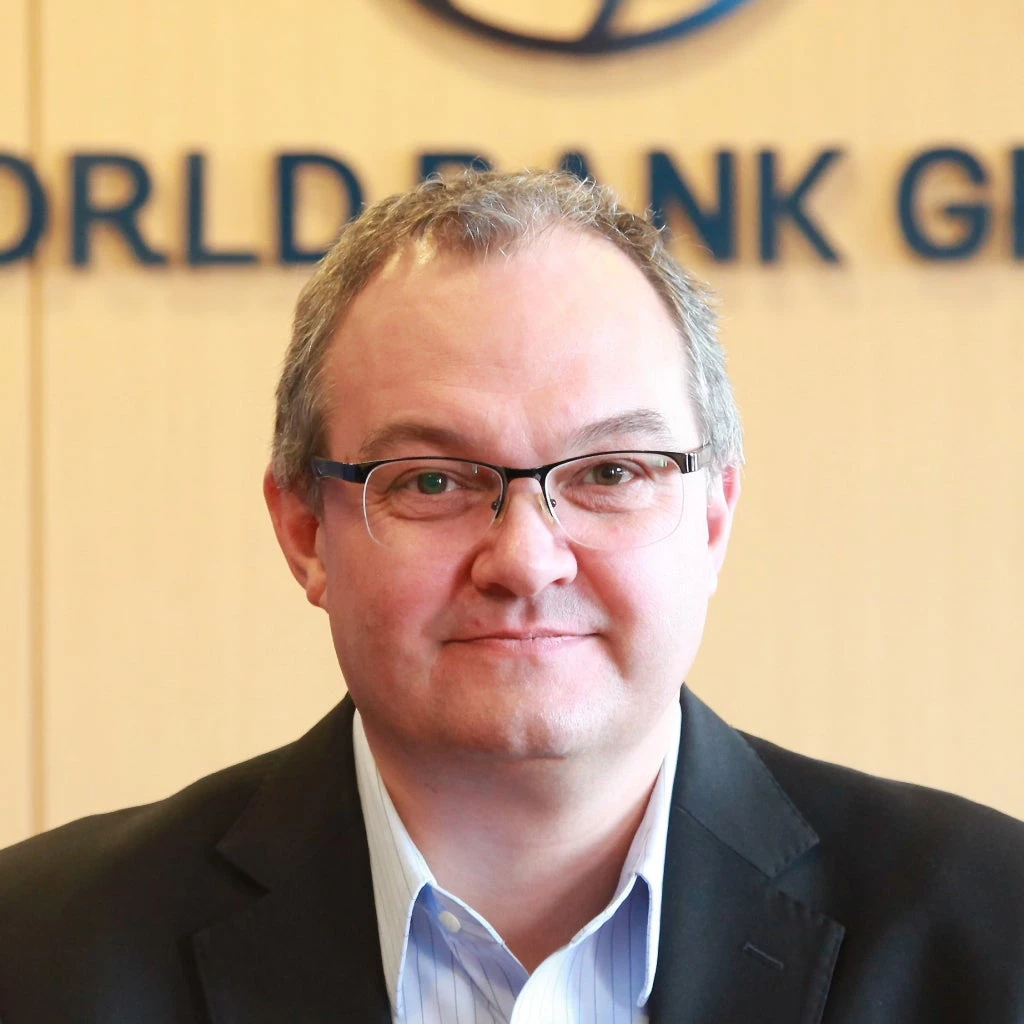One regret from my time in Mongolia in the 1990s is that I did not take more pictures. I wasn’t alone in this respect—people generally didn’t carry cameras, and whenever I pulled out my 35mm Nikon I got a lot of stares. I had to buy and develop film in Beijing and, well, I just didn’t take nearly as many photos as I should have. Happily, I did take some.
In the spring of 1997 I conducted the research for a study of Mongolia’s informal sector. It was the first such study in the country and there was a blank slate in terms of information. I was fascinated by how rapidly it had grown, by questions about the size of the sector, by how people working in the informal sector see and organized themselves, by informal entrepreneurship and the spontaneity of markets.
I had as much fun as I have had in my career before or since, poring through statistics, interviewing taxi drivers and shoe shine boys. I interviewed officials on how they decide to provide permission for kiosks to set up shop and how they collaborate with informal (i.e., private, independent) buses. I worked with the NSO and the Ulaanbaatar city statistics department to do a survey to put some numbers with the stories.
I also took some pictures.
Digging through old boxes, I found my photos of the old “black market”—the panoramas were created by taping prints together—and of trucks and their drivers lined up at a spontaneous meeting spot, waiting for work. I found photos of kiosks in my old neighborhood of Sansar, most of them selling the same sorts of things they bought at the market. I also found a few old photos of Ulaanbaatar taken from Zaisan, a monument south of the city.
After returning a couple years ago I set out to visit the same places and to see how the city of Ulaanbaatar has changed. To do it properly, one has to stand in exactly the same spot, a task that is easier said than done. The hill near the “black market” from which I took those photos is now covered with properties and fences. But I did get close.
Comparing the old and new photos shows just how much the city has changed during those twenty years. The “black market” is now a parking lot, the vendors having relocated to a more formal setting in years since. The place where truck drivers lined up to wait for business is now a row of shops, with a karaoke place, a pharmacy, and a pawn shop thrown in for some commercial diversity. The row of kiosks? A nice park and playground. There’s a nice story right there.
I didn’t take many photos, but I am glad for the ones I did take of this dynamic city. One thing is for sure: twenty years from now there will be no shortage of photos of Ulaanbaatar or anywhere else.
In the spring of 1997 I conducted the research for a study of Mongolia’s informal sector. It was the first such study in the country and there was a blank slate in terms of information. I was fascinated by how rapidly it had grown, by questions about the size of the sector, by how people working in the informal sector see and organized themselves, by informal entrepreneurship and the spontaneity of markets.
I had as much fun as I have had in my career before or since, poring through statistics, interviewing taxi drivers and shoe shine boys. I interviewed officials on how they decide to provide permission for kiosks to set up shop and how they collaborate with informal (i.e., private, independent) buses. I worked with the NSO and the Ulaanbaatar city statistics department to do a survey to put some numbers with the stories.
I also took some pictures.
Digging through old boxes, I found my photos of the old “black market”—the panoramas were created by taping prints together—and of trucks and their drivers lined up at a spontaneous meeting spot, waiting for work. I found photos of kiosks in my old neighborhood of Sansar, most of them selling the same sorts of things they bought at the market. I also found a few old photos of Ulaanbaatar taken from Zaisan, a monument south of the city.
After returning a couple years ago I set out to visit the same places and to see how the city of Ulaanbaatar has changed. To do it properly, one has to stand in exactly the same spot, a task that is easier said than done. The hill near the “black market” from which I took those photos is now covered with properties and fences. But I did get close.
Changing Ulaanbaatar 1990s and 2015
Comparing the old and new photos shows just how much the city has changed during those twenty years. The “black market” is now a parking lot, the vendors having relocated to a more formal setting in years since. The place where truck drivers lined up to wait for business is now a row of shops, with a karaoke place, a pharmacy, and a pawn shop thrown in for some commercial diversity. The row of kiosks? A nice park and playground. There’s a nice story right there.
I didn’t take many photos, but I am glad for the ones I did take of this dynamic city. One thing is for sure: twenty years from now there will be no shortage of photos of Ulaanbaatar or anywhere else.


Join the Conversation